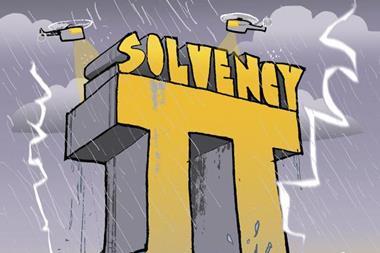Financial stability fund needs seven times more resources

Insurers are the best positioned companies in the financial services sector to cope with a sovereign default in the eurozone, according to accounting firm Ernst & Young (E&Y).
E&Y said that in the interval between the first warning signs of solvency problems in Greece, Ireland and Portugal and the first indication of a default triggered by Greece, most insurers and reinsurers have substantially reduced their exposure to eurozone-periphery sovereign debt. This has insulated the sector against the impact of a potential default.
The comments were published in the Autumn edition of E&Y’s eurozone outlook for financial services forecast.
“In addition to having reduced their exposure to sovereign debt, Eurozone insurers do not appear to be heavily involved in the provision of CDSs [credit default swaps] on peripheral countries’ debt, which makes the insurance sector the best positioned within the financial services industry to weather a default scenario, said Marie Diron, economic advisor to E&Y’s eurozone forecast, in a statement.
However, she added: “Individual insurers’ indirect exposures, including extensive exposure to the banking sector, will influence how well insulated firms are against a default scenario.”
According to E&Y, the asset management industry and retail investors are “heavily exposed” to a default in the eurozone.
E&Y’s outlook also predicted that a seven-fold increase in the €440bn of resources available to the Eurozone Financial Stability Facility (EFSF) is needed to ensure there is no financial market contagion between eurozone countries.
“If decisive action is not taken, Eurozone GDP could fall by up to 2% in 2012 and a further 1% in 2013 in a disorderly default scenario,” E&Y said, adding that it estimated that there is a 20% probability of such a scenario occurring.






































No comments yet